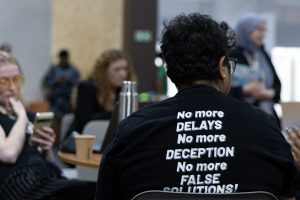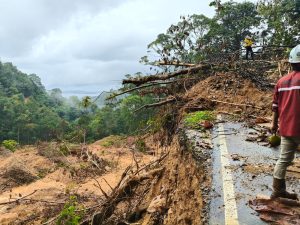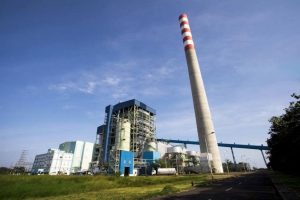Jakarta – Net-metering policy is hindering the government from achieving its target of installed solar power generation capacity of 450 Megawatt peak (MWp) by 2022, according to renewable energy analysts. Net-metering is a service system provided by the state electricity company (PLN) for customers who install solar panels but must still use conventional electricity networks provided by PLN.
General Chairperson of the Indonesian Solar Energy Association (AESI), Fabby Tumiwa said, since being in effect in August 2021, the Minister of Energy and Mineral Resources (ESDM) Regulation Number 26/2021 concerning Rooftop Solar Panels Connected to the Power Network of electricity providers permit (IUPTL) Holders for the Public Interest has practically not worked. He said the reason that the newly issued regulation failed is because PLN refuses to implement it.
“Currently, the Ministry of Energy and Mineral Resources is revising the ESDM Regulation No 26/2021. This change is intended to address the problems with installing rooftop solar panels that have occurred in the past year since the ministerial regulation was officially issued,” Tumiwa said in a written statement today.
In a public hearing in early January, the ESDM presented a proposed change in substance, including no limitation on the capacity of a maximum 100% installed capacity of a rooftop solar panels but instead based on a system quota, eliminating electricity exports (no longer counted as a bill deduction), abolishing capacity charges for industrial customers (previously for 5 hours), and the switching rules for existing customers are enforced for a certain amount of time.
However, Tumiwa said, this revision seems to be a meeting point for the interests of the government and PLN and really accommodates PLN’s interests in reducing the potential for electricity exports from solar panel users due to net-metering regulations, and overcapacity conditions. AESI regrets that this accommodation has the potential to reduce the economic viability and interest of the residential class of roof solar panels, which has the potential to grow.
“Since January 2022, a 10-15% limit on the capacity of rooftop solar panels has occurred in various regions in Indonesia for various customers, both residential on the kilowatt scale to industrial customers with capacity on the megawatt scale,” he added.
This capacity limitation is not in accordance with the provisions of ESDM Ministerial Regulation No. 26/2021 (maximum 100%) and reduces the interest of potential customers to use rooftop solar. In the proposed changes to the substance of the Ministerial Regulation, the capacity limit of up to 100% will not be reinstated but will be based on a quota system per system and is first come, first serve.
This change is a direct response to capacity restrictions that occur in the field. However, the technical determination of system quotas needs to be clarified, especially in relation to renewable energy development plans in the regions, as well as the time period for setting quotas per 5 years which is too long due to the dynamics of electricity supply.
Eliminating net-metering by eliminating the export of electricity to the PLN grid which applies to all customer categories without exception will have a major impact on the residential (household) market. This is because the current economic level of rooftop PLTS is still influenced by net-metering due to the household load profile, which is mostly at night.
“The absence of exports will reduce the reduction in household electricity bills and extend the payback period for purchasing a rooftop solar panel system,” he said. (Hartatik)
Banner photo: Chalermphon Srisang/shutterstock.com















